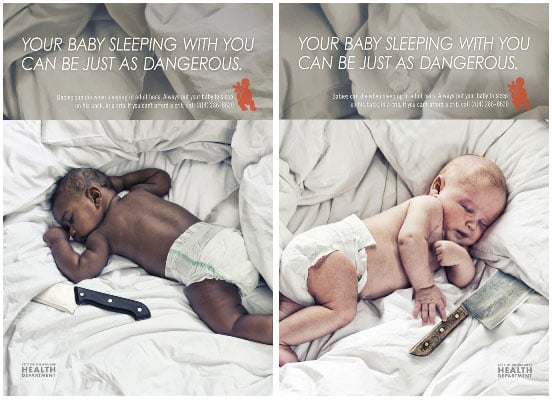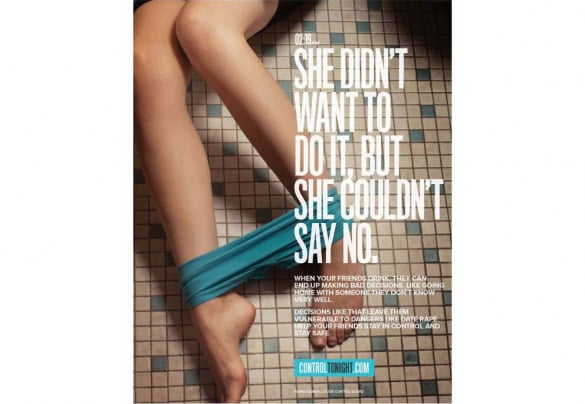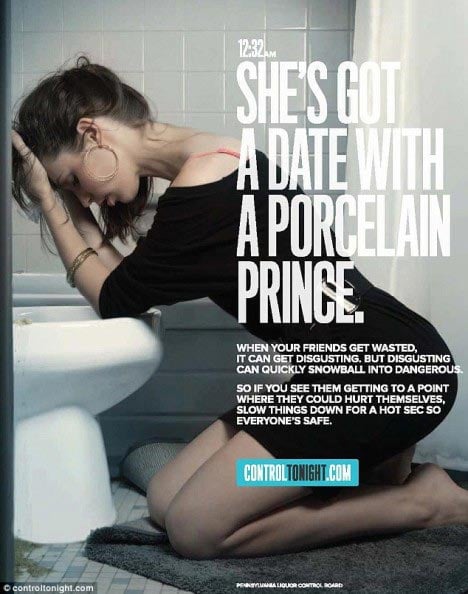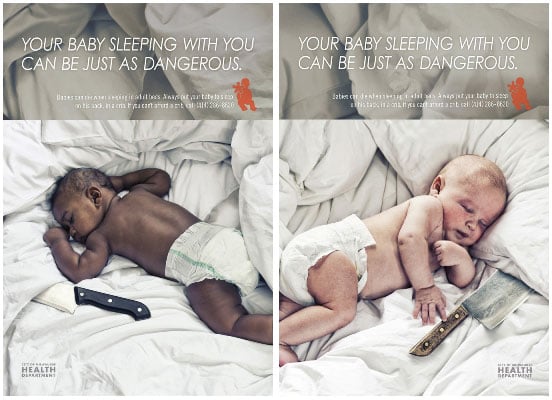How to Use Your Core Values to Inspire, Retain, and Energize Your Team
For the last few decades, but especially so in recent years, people are seeking out more than just an income from their place of employment. More...

Good causes suffered from a rash of poorly conceived ads in 2011. The usual culprit was a concept with strong words and images designed to be ‘edgy’, but which instead ended up with shock for shock’s value (or perhaps an agency’s desire for awards) and unintended consequences. Two campaigns stand out as particularly regrettable because they not only ignored current behavioral research on effective change messages, but also brought counter-productive negative attention to the sponsoring organizations and causes.

Eliciting guilt and blaming victims for rape understandably brought an immediate angry response from women’s groups and this ad series was pulled.

The non-rape ad messages in this campaign focused on other effects of binge drinking, but apparently without considering current social marketing and behavioral research. In 2010, Ad Age reported on a study by Northwestern University’s Kellogg School of Management that indicated students who were exposed to an anti-binging ad that showed a young woman puking in the toilet actually made the audience more likely to binge.
The reason, said Kellogg marketing professor Nidhi Agrawal, is that people who are already feeling guilt or shame resort to something called “defensive processing” when confronted with more of either, and tend to disassociate themselves with whatever they are being shown in order to lessen those emotions.
And it doesn’t have to be drinking that a viewer is feeling ashamed about in order to render the ads ineffective or damaging. “If you’re talking to a student about cheating on an exam, and one of these ads comes up, you can bet they are headed straight to the bar,” said Ms. Agrawal, who conducted the study along with her Indiana University colleague, Adam Duhacheck.
Given that the shaming, consequence-centric approach is commonplace in any number of ads focused on smoking, steroid usage and sexually transmitted diseases, the ramifications of the findings could be significant. “There’s a lot of money spent on these ads that could be put to better use,” she argues.
Ms. Agrawal suggested two fixes for PSA makers. The first involves media: Ads placed in more-positive surroundings — such as in a sitcom or a positive magazine article — have a better chance at resonating than those placed in tense or negative contexts. Second, she said, anti-alcohol groups would be better served focusing their messages around how to avoid situations that lead to binge drinking than on the consequences of the behavior, because attempting to shame people out of binge drinking doesn’t work.
“It’s important that the messages be toned down and as positive as possible,” she said.

With these co-sleeping ads, the question is whether parents are likely to have any reaction beyond shock. New parents in particular, are vulnerable to a 'fear and shame' appeal, when the Milwaukee Heath Department's objective is presumably, to help them protect their new baby from sudden infant death (SID). I was also struck by the 'unsafe behaviors' modeled in these PSAs -- loose, soft bedding and a baby not sleeping on its back -- both of which have been identified as risk factors for SID. Understandably, some parents were angry.
Strong words and images get attention. But social marketing is not just about getting attention. It is about persuading people to adopt more positive behaviors. It is a challenge to move people beyond awareness to action and ultimately, sustained behavior change. Will cause marketers and the advertising industry be able to learn from these examples and rise to that challenge in 2012?
Pennsylvania Liquor Control Board’s ”Control Tonight” campaign
PA Liquor Control Board anti drinking ad pulled after feminists say it's blaming rape on the victims (Adland.tv)
Why Binge Drinking PSAs May Leave Some Reaching for Another Drink (Advertising Age)
Babies with knives? Co-sleeping ad angers some parents (MSNBC Moms Today)
Co-sleeping? May as well tuck baby in with a knife (Baby Shower for Guys)
The Change Conversations blog is where changemakers find inspiration and insights on the power of mission-driven communication to create the change you want to see.
© 2009- to present, Marketing Partners, Inc. Content on the Change Conversations blog is licensed under a Creative Commons Attribution-Noncommercial-NoDerivs 3.0 United States License to share as much as you like. Please attribute to Change Conversations and link to ChangeConversations.
Creative Commons License may not apply to images used within posts and pages on this website. See hover-over or links for attribution associated with each image and licensing information.

For the last few decades, but especially so in recent years, people are seeking out more than just an income from their place of employment. More...

You know nonprofit organizations need websites just as small businesses do, but you may be surprised to learn nonprofit sites can be more complex and...

In today’s rapidly evolving media landscape, understanding where and how your story is told isn’t just strategic—it’s essential. How you communicate...